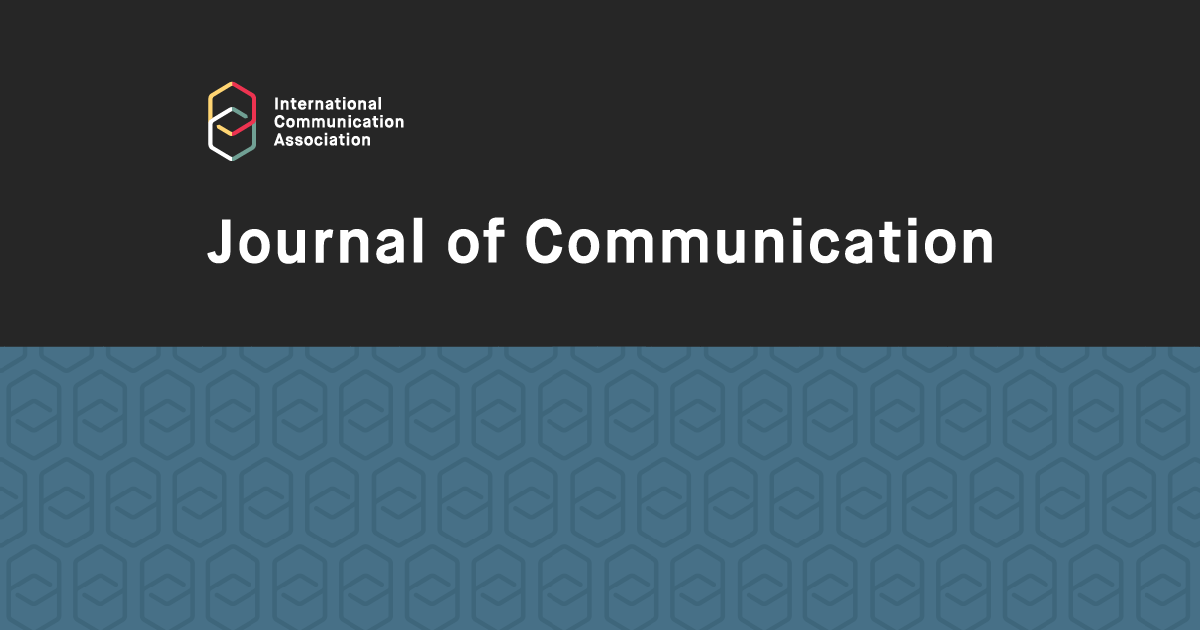In this study the researchers conducted the first large-scale study of image-based political misinformation on Facebook. They collected 13,723,654 posts from 14,532 pages and 11,454 public groups from August through October 2020, posts that together account for nearly all engagement of U.S. public political content on Facebook. They use perceptual hashing to identify duplicate images and computer vision to identify political figures. Twenty-three percent of sampled political images (N = 1,000) contained misinformation, as did 20% of sampled images (N = 1,000) containing political figures. We find enormous partisan asymmetry in misinformation posts, with right-leaning images 5–8 times more likely to be misleading, but little evidence that misleading images generate higher engagement. Previous scholarship, which mostly cataloged links to noncredible domains, has ignored image posts which account for a higher volume of misinformation. This research shows that new computer-assisted methods can scale to millions of images, and help address perennial and long-unanswered calls for more systematic study of visual political communication.
You can read the paper in the Journal of Communication.


